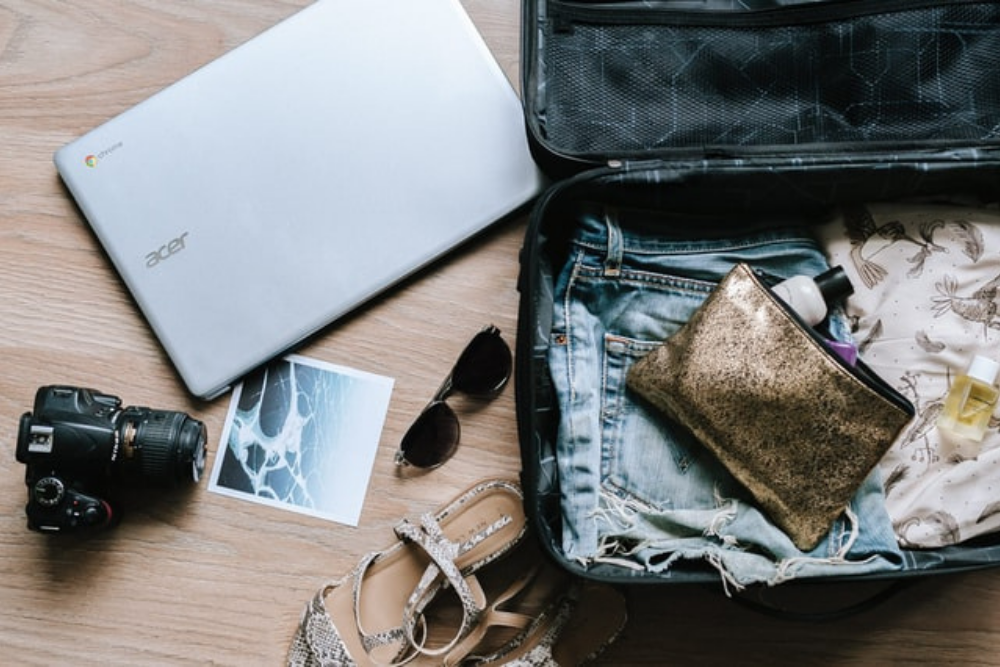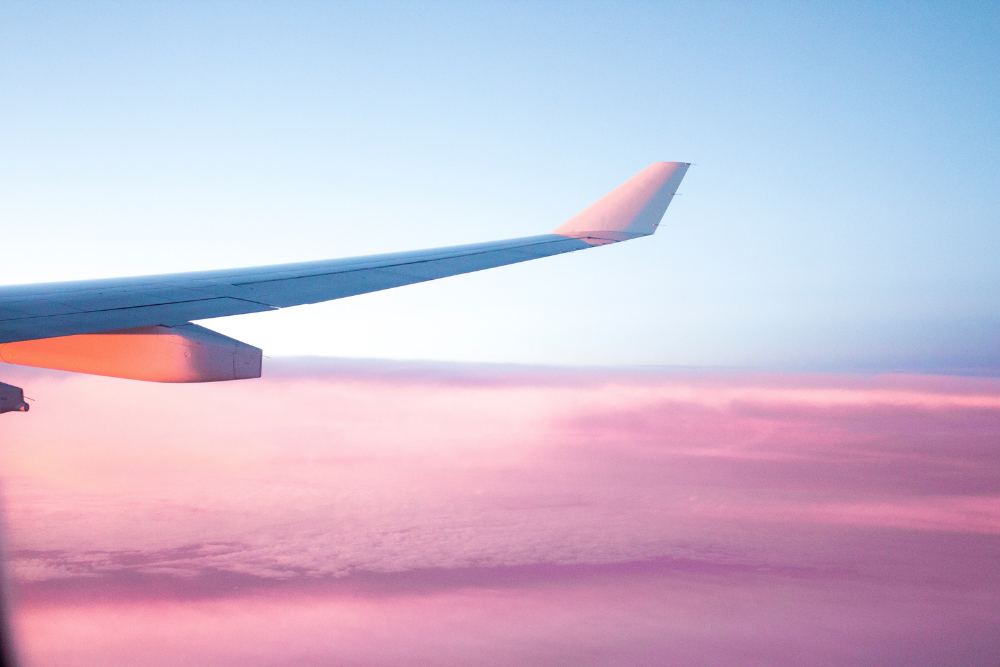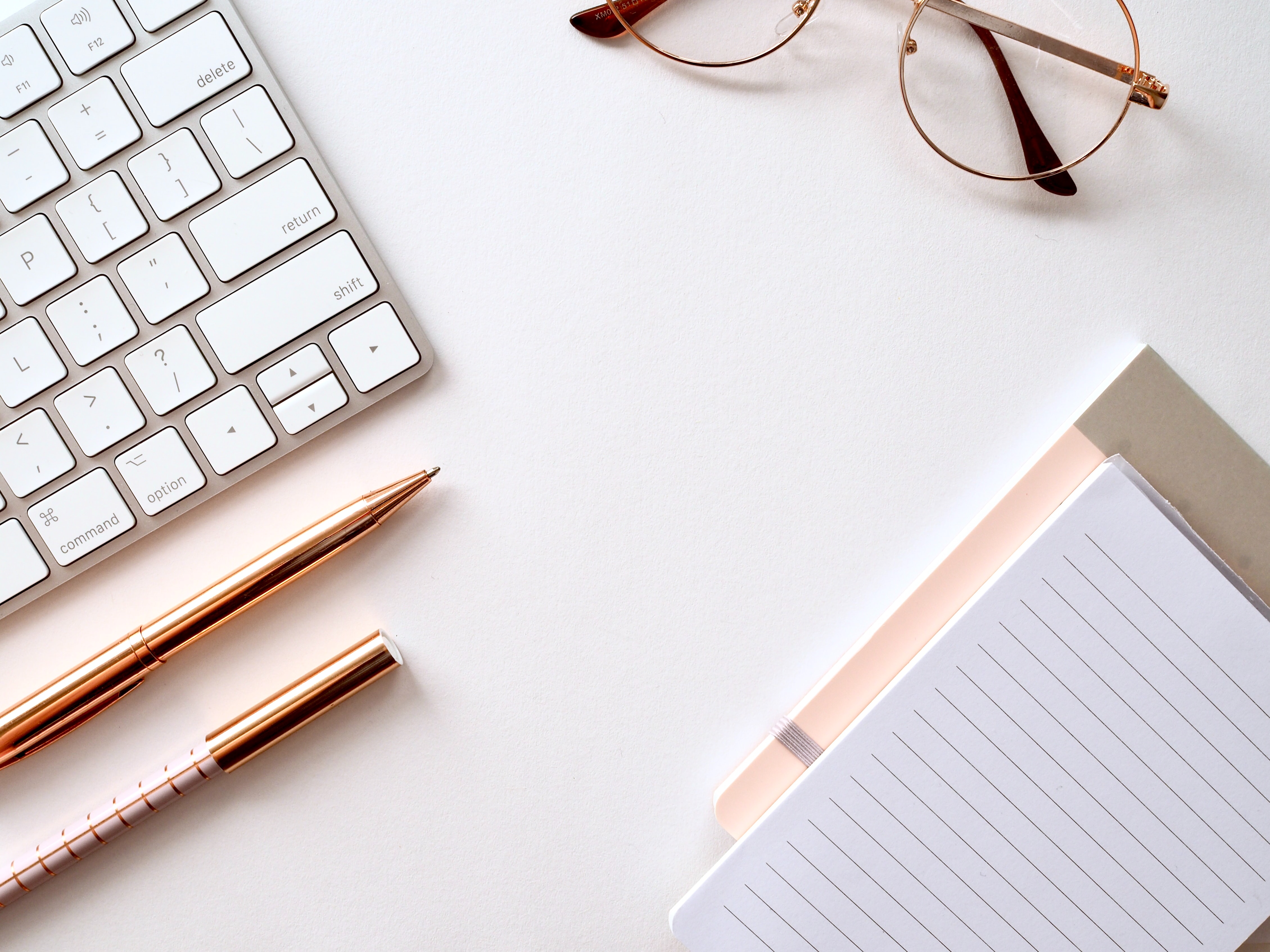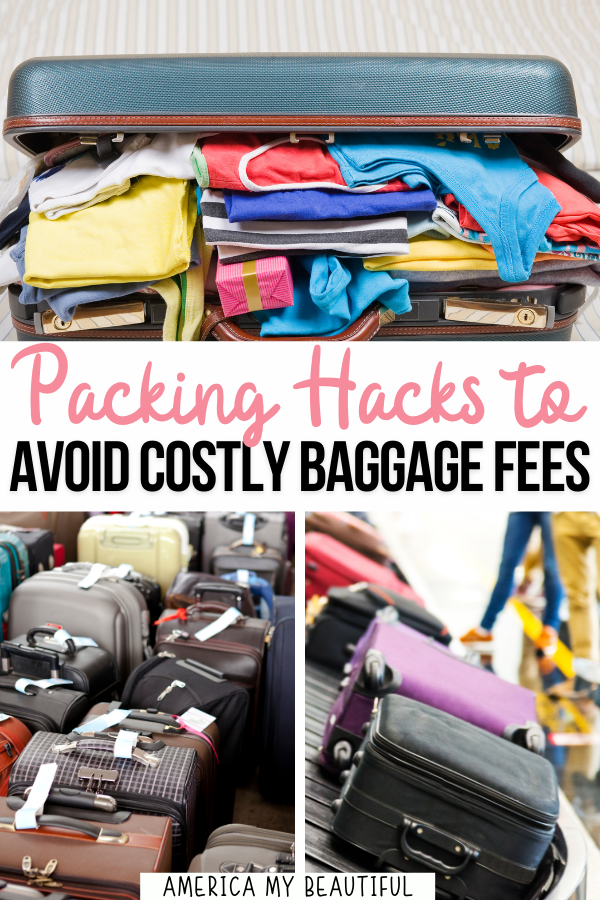Didn’t there used to be a time when traveling with luggage was free? I don’t know if it’s an old memory or just a crazy travel fantasy, but free baggage is a thing of the past. Some airlines even charge for carry-ons. What’s next, a wallet charge? One thing is for sure, limited luggage has taught us how to pack smarter and travel lighter.

Travel PAcking Hacks
When buying a standard plane ticket, like best price economy, you can expect to pay a baggage fee. There are exceptions of course, the biggest being Southwest Airlines. Southwest still allows not just one, but two free bags per passenger. Another exception is belonging to airlines rewards programs, which sometimes allow free checked bags. The rest of the time one checked bag, usually weighing up 50 pounds, costs around $30.
So what happens when luggage is too heavy? A bag that is just a few pounds overweight can be subject to additional fees upwards of $75 -$100 or more, depending on the airline. Each way. At that point it comes down to removing things from the bag or paying the fee. Don’t find yourself in that situation, and use these simple packing hacks to keep your bag under weight.
1. pick a lightweight suitcase
First things first, start with a lightweight suitcase. Lightweight doesn’t equal low quality, and there are lots of great options for both hard-side and soft-side on the market. First, start with the size. Larger checked bags are generally 25″-26″ or 28″-29″. Of course, the bigger the bag the easier it is to overpack.
Next, think about whether hard or soft-sided bags are a better fit. Hard-sides offer better protection when your packing a lot of breakable items. They open like a book, with space on each side rather than one large compartment. Keep in mind that suitcases like this won’t fit on a traditional luggage rack, and take up space on the floor.
When I bought my last suitcase, I think the main criteria was how it would look in my airport IG photos. Smart! I have a typical blogger suitcase and while I would absolutely recommend it for quality and security, it’s close to 13 pounds. My next one will be significantly lighter. The list below is a collection of some of the lightest, most highly rated suitcases at different price points.
| Brand | Size | Weight (lbs) |
| Travelpro Maxlite 5 Softside | 29″ | 8.5 |
| American Tourister 4 Kix Softside | 28″ | 9.5 |
| IT Softside Upright Medium | 30″ | 5.5 lbs |
| Samsonite Omni Hardside | 28″ | 10.35 |
| Victorinox Spectra 2.0 Hardside | 30.7″ | 8.8 |
| Away Medium Hardside | 26″ | 9.9 |
2. buy a luggage SCALE
Adding something to the packing list may seem counterintuitive, but a luggage scale is worth every ounce. Knowing how much a bag weighs ahead of time can save so much stress at the airport.
Crossing your fingers and praying a bag isn’t overweight isn’t the strategy you want to use. Finding out the bag is 3 lbs over, and taking out that extra pair of shoes ahead of time is.

3. SHrink the TOILETRIES
This packing hack is worthy of an entire post in itself, but let’s just talk about the most important tips right now. The toiletry and makeup bags are where things really start to get heavy. Imagine just tossing all the bottles in the shower into a suitcase. Now imagine tossing money out the window, because that’s basically what you’re doing when that bag is 10 pounds overweight.
By no means am I saying to go out and buy cute tiny version of every product you own at once. Think about what’s most necessary. Would you be ok with using free hotel shampoo, conditioner, and body wash? If not, pick up travel size bottles of your usuals or fill empty reusable bottles. Do the same with any other must-haves. Be realistic about what you use on a daily basis. If you don’t do a 5 step skincare routine normally, you won’t start on vacation.
4. Outfit plan
Another packing hack that could be its own post, even a book, is outfit planning. It’s so easy to overpack without a solid plan of what we actually need, and will, wear. You don’t have to be a minimalist to pack a travel wardrobe. By planning each outfit ahead of time, there is less second guessing and tossing things in “just in case”. Challenge yourself to stick to a neutral or monochrome color palette that can be easily mixed and matched.

5. Wear the heavy stuff
Bulky shoes and outerwear are some of the heaviest items in a suitcase. To free up not just weight but space, wear these items onto the plane. Boots aren’t necessarily comfortable to be wearing for a long flight, so stash some slippers in your carry on to change into.
6. leave extra room
We’re spending so much time talking about how to avoid baggage fees when packing for a trip, but what about on the way home? Where do the souvenirs go? Consider what you normally buy and factor that into the weight when planning. I try to leave at least 5 pounds free to work with.
Now is another good time to break out that handy dandy luggage scale. Oh no! Did you buy 20 bags of candy, a pile of woven blankets, and some locally made pottery? Now is the time to find out if some of that needs to be shifted to a carry on.
7. make a PERSONAL packing checklist
I have a very detailed packing list that I use for every single trip. It’s made up of specific toiletries, cosmetics and personal items I always bring along. Like making a list and sticking to it at the grocery store, the same goes for packing. If it’s not on the list, I don’t need it.

On your next trip, make a list of everything you packed. Afterwards, go back over that list and see what really could have stayed home. Over time, continue to refine the list by crossing off what you really didn’t use after each trip. To take it one step further, create an added section for each kind of travel, like domestic, road trip, and international, to use when needed.
This strategy is a little trickier with clothing, but can work just as well. Start by putting together a list using the outfit planning tips above. Pick a few favorite tops, bottoms and dresses that can all work with each other. When it’s time to pack, use these pieces as a foundation and then add any trip specific items, like a coat or swimsuit. Besides saving a ton of time, using a checklist takes away the guessing game that can lead to those “just in case” items.


Leave a Reply